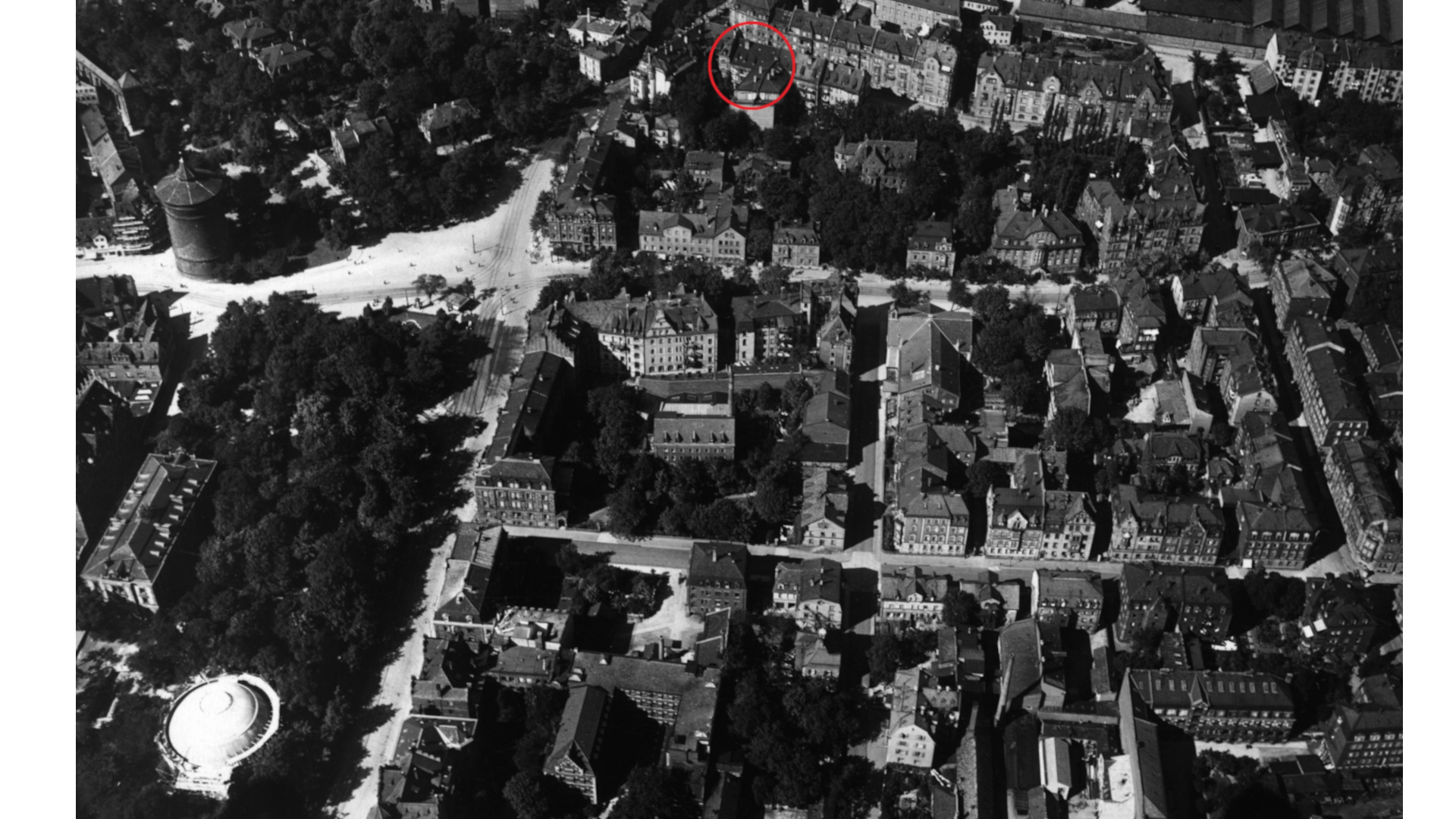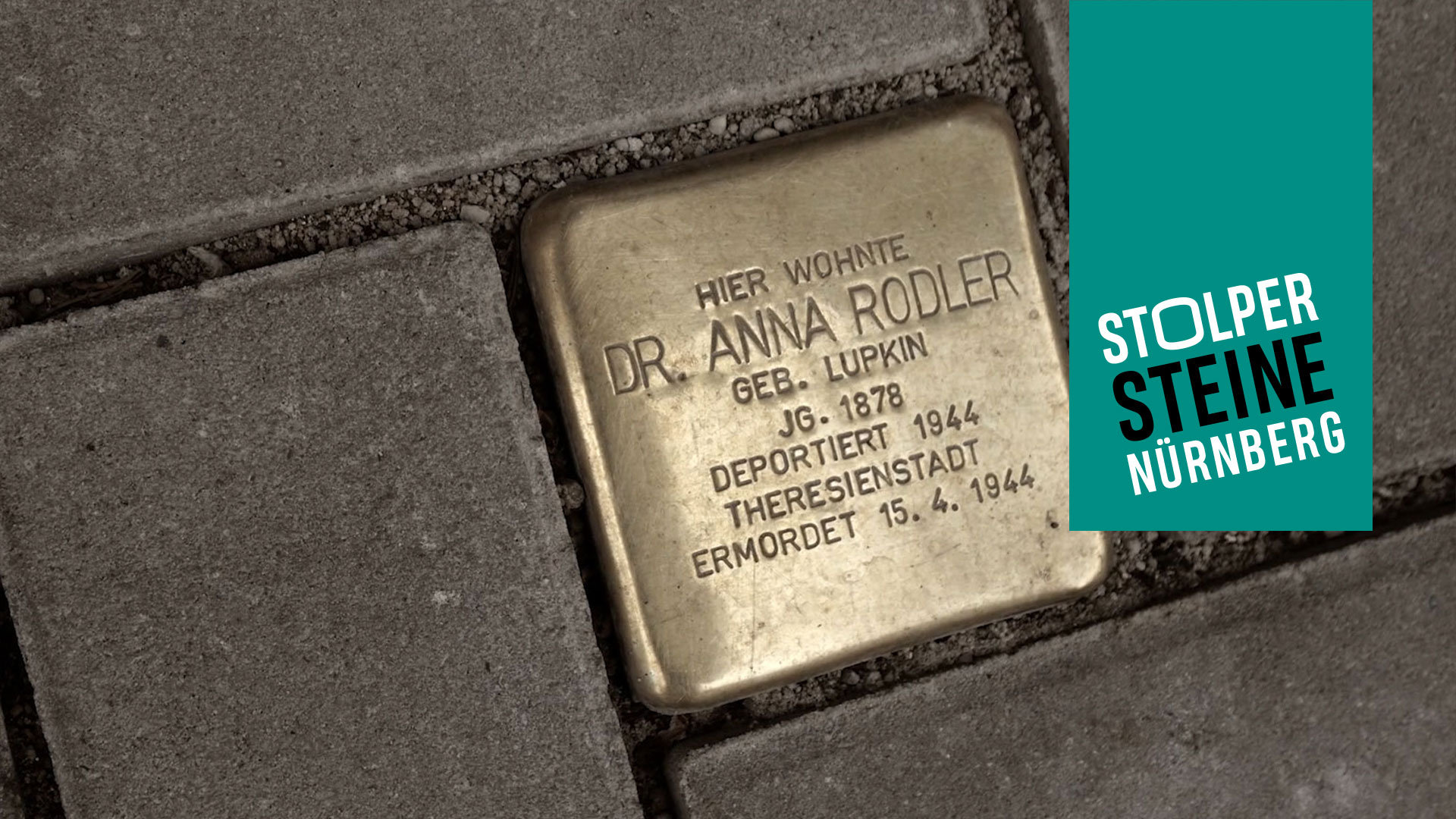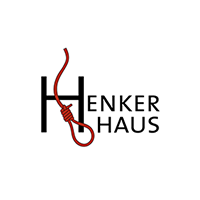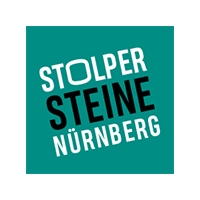| Location of stone: Lenbachstrasse 4 | District: Gärten bei Wöhrd |
| Sponsor: Professional Association of German Pathologists (Bundesverband Deutscher Pathologen e.V.) | Laying of stone: 26 June 2022 |
Biography
On 26 June 2022 Gunter Demnig laid ten stumbling stones at eight different locations in the city. The Professional Association of German Pathologists sponsored the laying of a stone for Dr Anna Rodler, one of the first female members of the association. She was murdered in Theresienstadt concentration camp.
Anna Rachel Lipkin was born on 16 January 1878 in the city of Koidanova, west of Minsk, in the Russian Empire. Her parents were the trader Moses Lipkin and his wife Darja (née Neumann). She was a Jew and later converted to the Protestant faith.
In 1896 Anna began to study medicine in Switzerland. After obtaining her doctorate in Bern in 1902, she worked four years as an assistant to the famous pathologist Professor Dr Theodor Langhans.
In March 1908 she married Dr Carl Adam Rodler, the son of a chemist. Carl was born on 15 January 1877 into a Protestant family in Nuremberg. He was a dermatologist, venereologist and urologist.
The couple moved to Nuremberg and ran a surgery and laboratory together at Karolinenstrasse 15. On 20 December 1909 their daughter Johanna was born. Johanna suffered from a mild mental disability and in later years she was cared for by a legal guardian.
The fact that she was the wife of a non-Jewish man and had borne him a child meant that she initially enjoyed a degree of protection in the National Socialist state. However, on 13 October 1935 Carl died unexpectedly.
Anna was able to practise medicine, albeit under ever-increasing restrictions, until 1938. Her surgery was located at Lenbachstrasse 4. She also lived there and was the owner of the property.
On 17 January 1944 Anna was taken to Theresienstadt concentration camp. The deportees consisted of ten people from Nuremberg who had been married to non-Jews and whose spouses had either died or obtained a divorce.
Anna died in Theresienstadt on 15 April 1944, three months after her arrival at the camp. She was 66 years old.
Sources:
- Nuremberg City Archives, C21/X No. 7 registration card.
- Nuremberg City Archives (ed.), Gedenkbuch für die Nürnberger Opfer der Schoa (Quellen zur Geschichte und Kultur der Stadt Nürnberg, Bd. 29), Nuremberg 1998, p. 280.
- Bernd Höffken: Schicksale jüdischer Ärzte aus Nürnberg nach 1933, Berlin 2013, pp. 322-325.
- Abbas Agaimy: Dr. med. Rahel Zipkin. Die Schicksalsjahre einer außergewöhnlichen Pionier-Pathologin von Minsk über Bern nach Nürnberg, in: Pathologie im Wandel – Betrachtungen zum 120-Jährigen Jubiläum der DGP, hrsg. von der Deutschen Gesellschaft für Pathologie, Berlin 2017, pp. 38-41.







